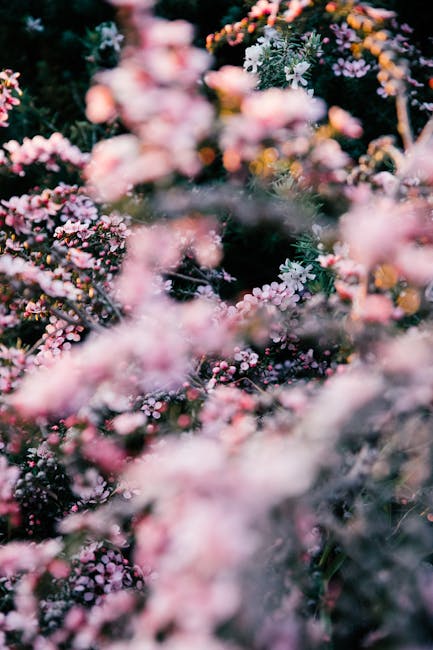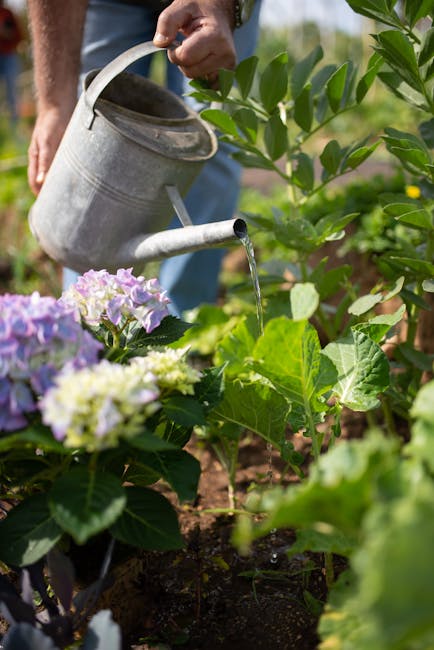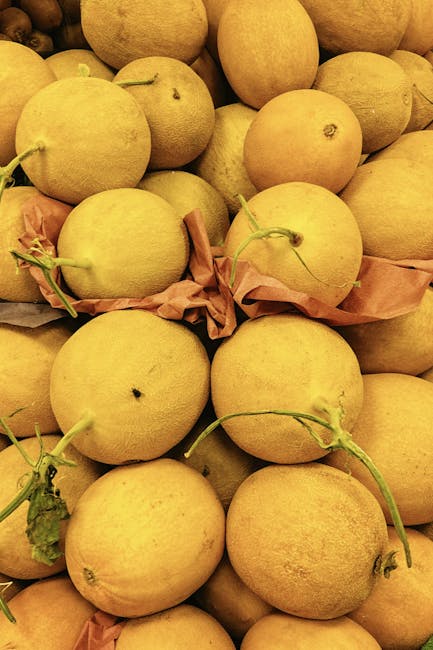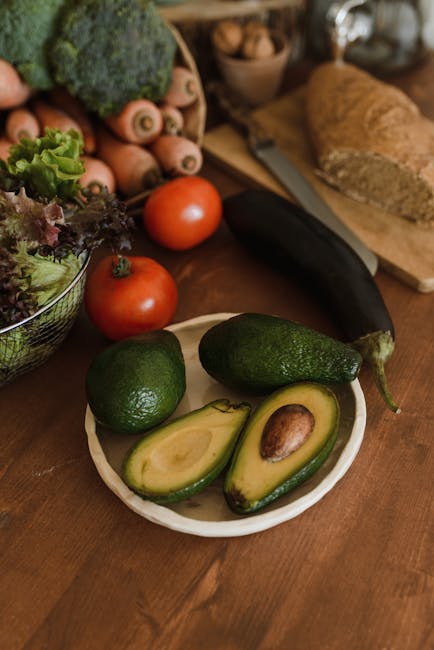The Ultimate Guide to Aroid Soil Mix: Achieving Thriving Plants
Understanding the Needs of Aroids
Aroids, with their striking foliage and diverse forms, have captivated plant enthusiasts worldwide. From the majestic Monstera deliciosa to the elegant Philodendron varieties, these plants bring a touch of the tropics to any indoor space. However, their tropical origins mean they have specific needs, and the cornerstone of their successful cultivation lies in the right soil mix.
Unlike many other houseplants, aroids thrive in a well-draining, airy substrate that prevents root rot, a common ailment often leading to plant demise. This guide dives deep into crafting the perfect aroid soil mix, discussing the components, their functions, and troubleshooting common issues.
The Ideal Aroid Soil Mix: A Blend of Ingredients
Creating a superior aroid soil mix involves understanding the balance between drainage, aeration, and water retention. The goal is a substrate that stays moist but not soggy, allowing for proper oxygen flow to the roots.
Key Components and Their Roles:
- Potting Mix (Peat-Based or Coco Coir): Forms the base of the mix, providing essential nutrients and moisture retention. Peat-based mixes are widely available, but coco coir offers a more sustainable and environmentally friendly alternative. Choose a high-quality, well-aerated potting mix that is free of added fertilizers or chemicals.
- Perlite: This volcanic glass adds crucial aeration to the mix, preventing compaction and ensuring proper oxygen flow to the roots. It also helps with drainage, preventing waterlogging.
- Orchid Bark (Fine Grade): Provides excellent drainage and aeration, particularly beneficial for epiphytic aroids that naturally grow on trees. The fine grade ensures it doesn’t become too bulky.
- Charcoal (Optional): Helps to regulate soil pH, improve drainage, and absorb excess moisture, reducing the risk of root rot. It also has antimicrobial properties, which can help prevent fungal diseases.
- Worm Castings (Optional): Provide a slow-release source of nutrients, enriching the soil and supporting healthy growth. Use sparingly to avoid excessive fertilization.
Crafting Your Aroid Soil Mix: Recipes and Ratios
The exact ratios can be adjusted based on your specific climate and the type of aroid you are growing. However, here are some proven recipes for success:
Recipe 1: The Basic Aroid Mix
- 2 parts peat-based potting mix or coco coir
- 1 part perlite
- 1 part orchid bark (fine grade)
This basic mix provides a good balance of drainage, aeration, and moisture retention.
Recipe 2: The Enhanced Aroid Mix
- 2 parts peat-based potting mix or coco coir
- 1 part perlite
- 1/2 part orchid bark (fine grade)
- 1/2 part charcoal
- 1/4 part worm castings
This recipe adds extra drainage and nutrient enrichment for vigorous growth.

Recipe 3: Coco Coir-Based Mix for Sustainability
- 2 parts coco coir
- 1 part perlite
- 1 part orchid bark (fine grade)
This eco-friendly alternative uses coco coir as the base, offering excellent aeration and water retention.
Troubleshooting Common Aroid Soil Issues
Even with the perfect mix, issues can arise. Understanding these problems and their solutions is crucial for maintaining healthy aroids.
1. Root Rot:
Symptoms: Yellowing leaves, wilting, mushy roots. Cause: Overwatering, poor drainage. Solution: Repot the plant in a well-draining mix, ensure proper pot drainage, and adjust watering frequency.
2. Nutrient Deficiency:
Symptoms: Yellowing leaves, stunted growth. Cause: Lack of essential nutrients. Solution: Fertilize regularly with a balanced, water-soluble fertilizer designed for aroids during the growing season. Avoid over-fertilizing.

3. Compaction:
Symptoms: Poor drainage, stunted growth. Cause: Lack of aeration in the soil. Solution: Repot the plant in a well-aerated mix containing perlite and orchid bark.
4. Salt Buildup:
Symptoms: Salt crust on the soil surface, leaf tip burn. Cause: Excess fertilizer or hard water. Solution: Flush the soil with plenty of water to leach out excess salts. Use filtered or rainwater whenever possible.
Choosing the Right Pot for Your Aroid
The pot also plays a vital role in the success of your aroids. Choose pots with drainage holes to prevent waterlogging. Terracotta pots are excellent choices as they are porous and allow for better air circulation. Plastic pots can also work well, provided they have drainage holes.

Consider the size of the plant and its root system. Choose a pot that is slightly larger than the root ball, allowing for growth. Avoid over-potting, as this can lead to excess moisture and root rot.
Maintaining Your Aroid Soil Mix
The soil mix should be monitored regularly. Over time, the mix can become compacted or depleted of nutrients. Repotting every 1-2 years is recommended to provide fresh soil and avoid issues related to soil compaction.
Top-dressing can also help to maintain a healthy soil mix. This involves adding a thin layer of fresh potting mix to the top of the existing soil. This helps to replenish nutrients and prevent soil compaction.
Different Aroid Types and Soil Preferences
While the aforementioned recipes are suitable for many aroids, certain species might benefit from slight modifications. For instance, epiphytic aroids like orchids might prefer a mix with a higher proportion of orchid bark. Terrestrial aroids might need a slightly more nutrient-rich mix.
Always research the specific needs of your aroid species to ensure you provide the best possible growing conditions. This attention to detail will reward you with lush, healthy plants.
Conclusion: Cultivating Success with the Right Aroid Soil Mix
Creating the perfect aroid soil mix is a crucial step in cultivating these beautiful and captivating plants. By understanding the essential components, their functions, and troubleshooting common issues, you can provide the ideal environment for your aroids to thrive. Experiment with different recipes, observe your plants, and adjust your approach as needed. With patience and care, you can enjoy the vibrant beauty of aroids for years to come.







